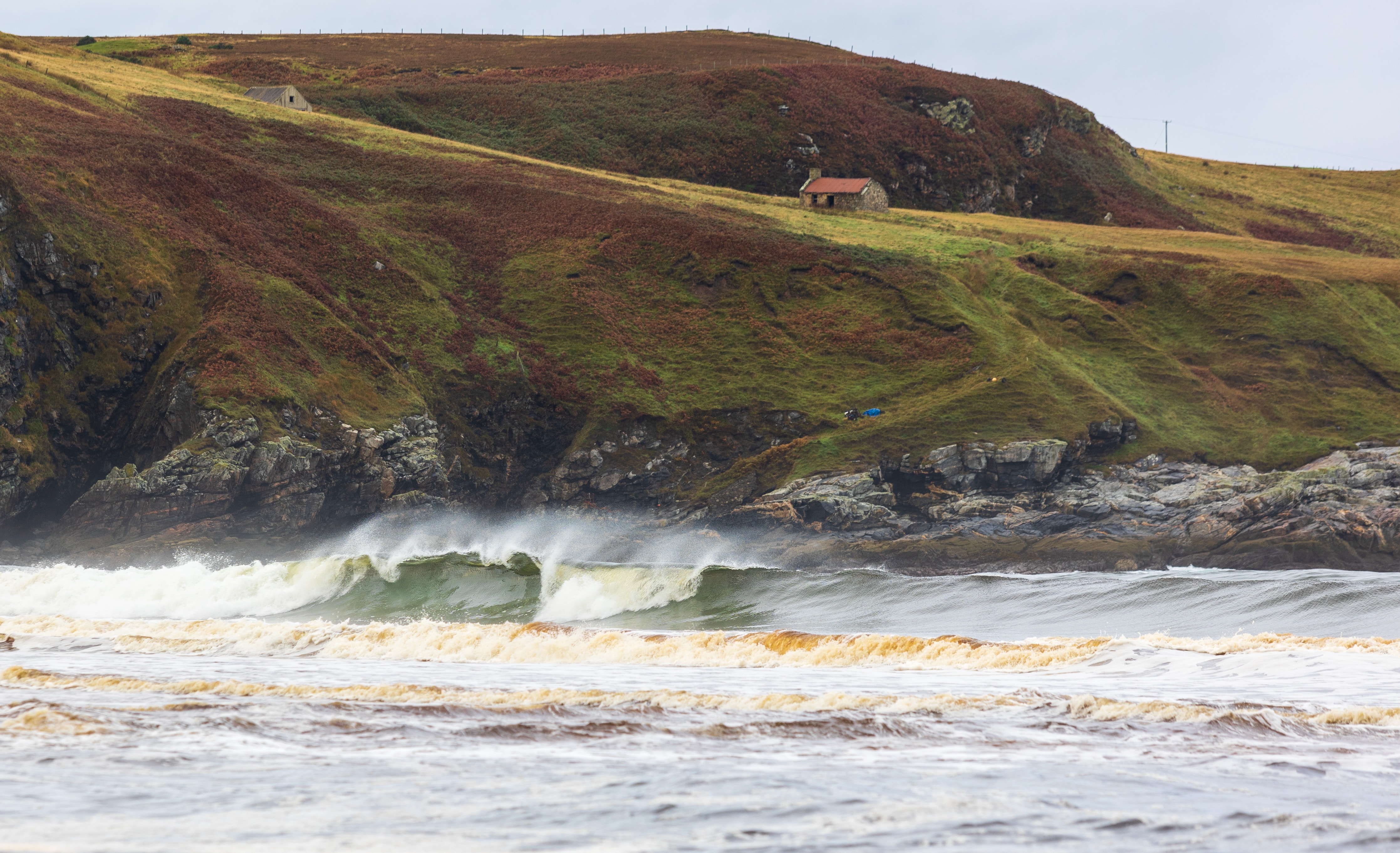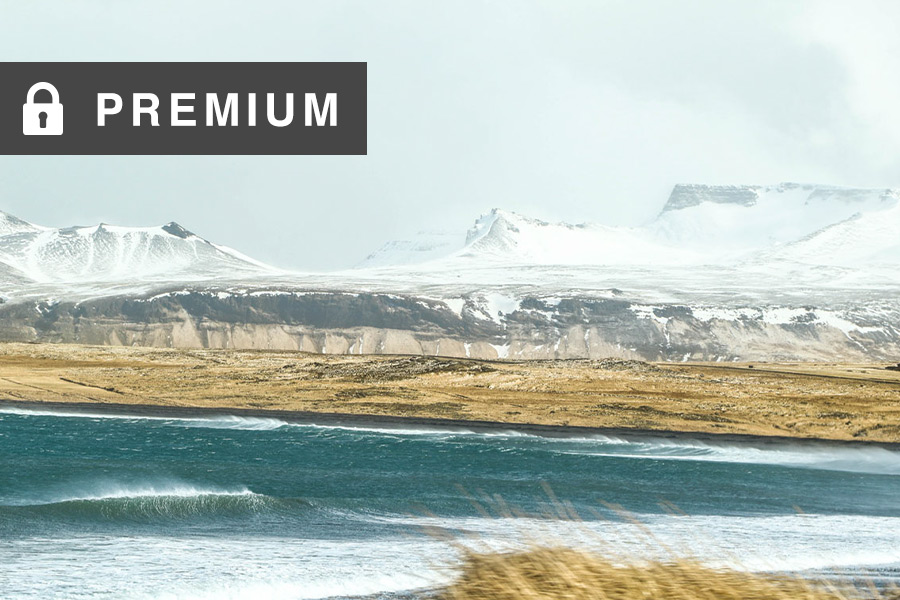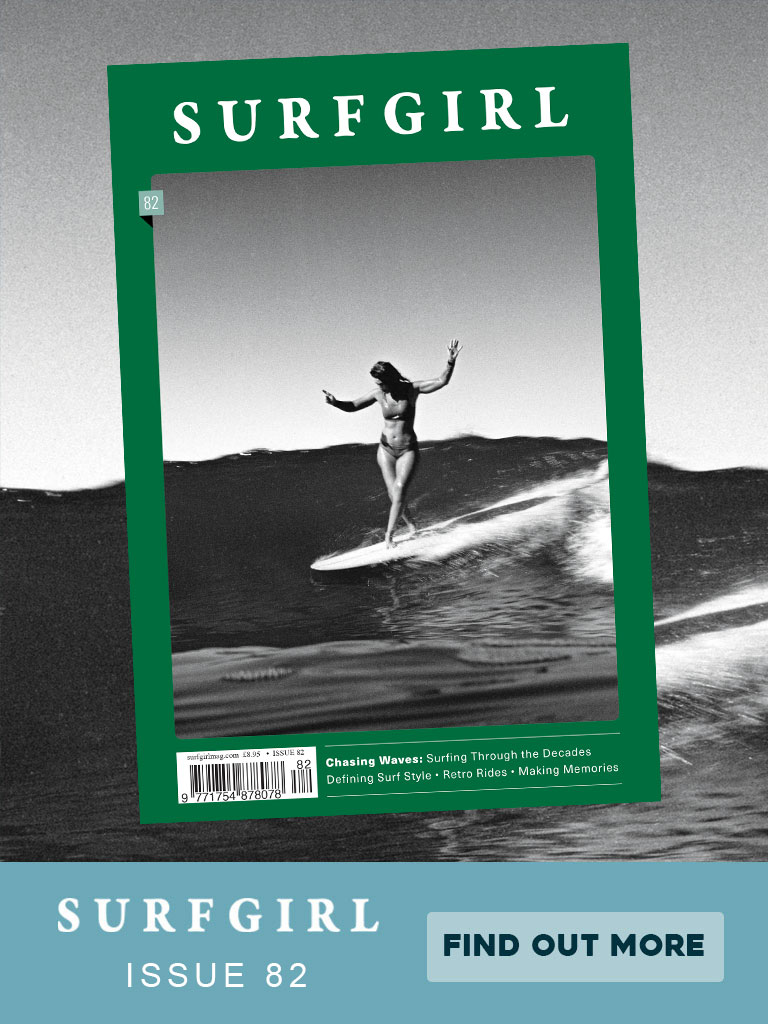


It’s not all about tropical islands and sunny locations when it comes to having an incredible surf trip cold climate destinations also have a lot to offer.
Low-temperatures are no walk in the park but with the right gear, the proper set-up and a cosy abode to return to, cold water surfers are rewarded with quiet peaks, incredible scenery and a real sense of adventure from facing the elements.
If you’re in the market for a new surf adventure that will awaken all the senses, check out these tips to thriving in frigid conditions and 6 top cold water surf camps in the Northern Hemisphere.

NEED TO KNOW
What to wear in the water
Winter sea temperatures in the Northern Hemisphere are on average 4 to 9C, so balmy waters these are not.
To thrive in winter water temps you will want a 5:4 or 6:5mm wetsuit along with thick hood and 5mm/7mm gloves and boots. Post surf make sure you dry it out properly otherwise you will be cold before your toes touch the water.
A cold water must for any surfer is a set of Surf Ears. Exposure to the elements increases the risk of surfer’s ear which is when the body responds to cold water in the ear canal by triggering bone producing cells, resulting in an extra bony growth around the ear. The SurfEars product protects the canal from water and cold air but without blocking out sound, enabling the surfer to stay connected to their environment.

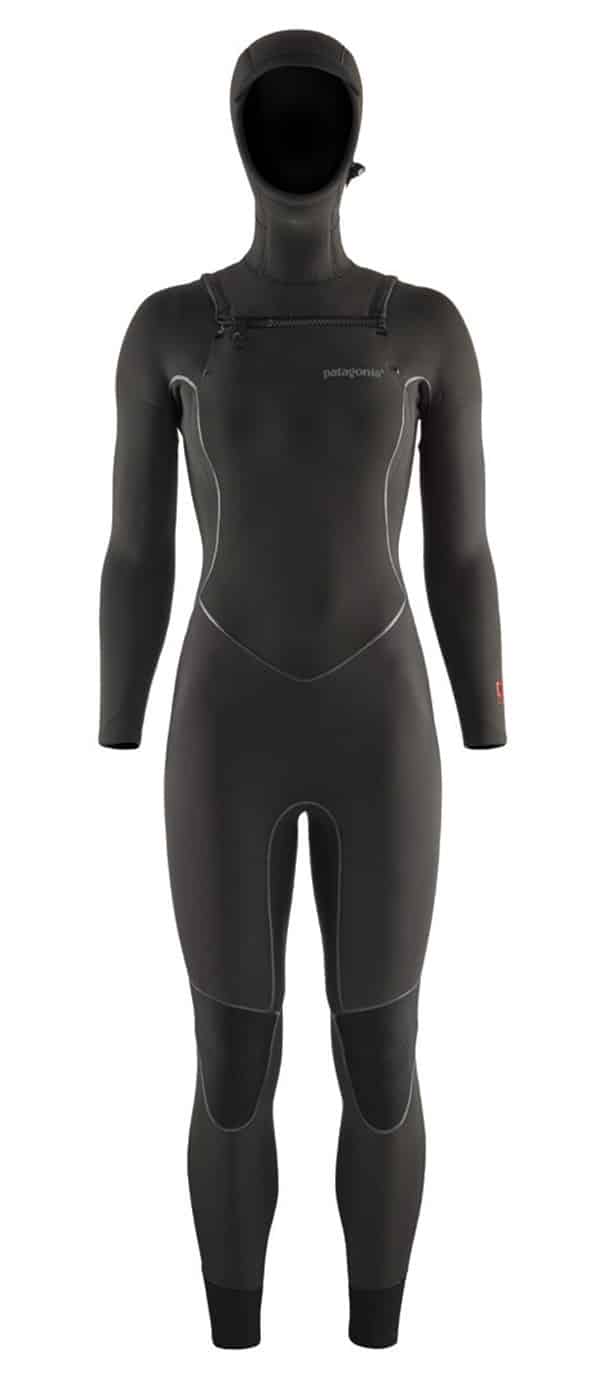
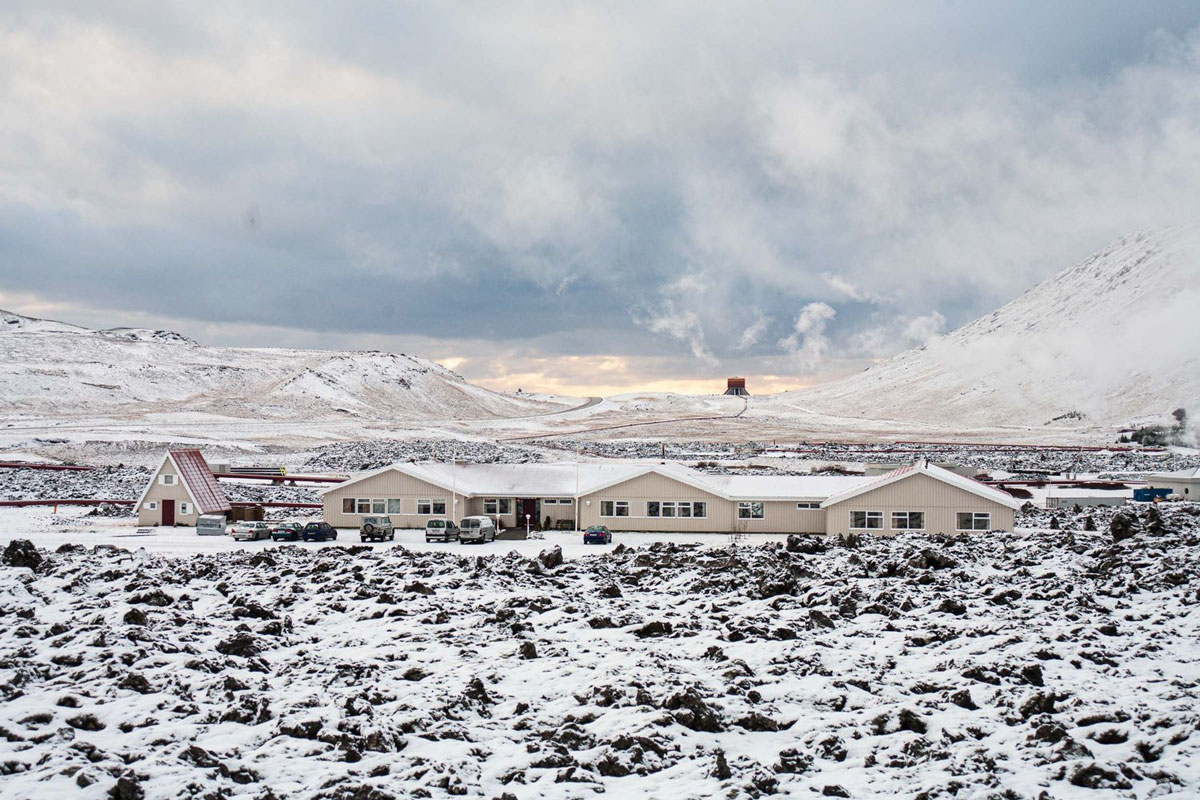
• Pre-Prep
Surfing in cold water uses more energy than surfing in warmer climates as your body burns energy to keep the body warm and to move around with the extra wetsuit layers on. Hydrating is also key to good blood flow so make sure you eat well and guzzle lots of water before heading out so that your body is well stocked.
Sort your leash and give your surfboard a good wax at home as it will be harder to sort in the cold with frosty fingers.
Head out in your wetsuit or a changing robe to avoid faffing time in the cold by the car. If it’s seriously icy then bring a hot water thermos and douse gloves and boots in warm water before slipping them on.
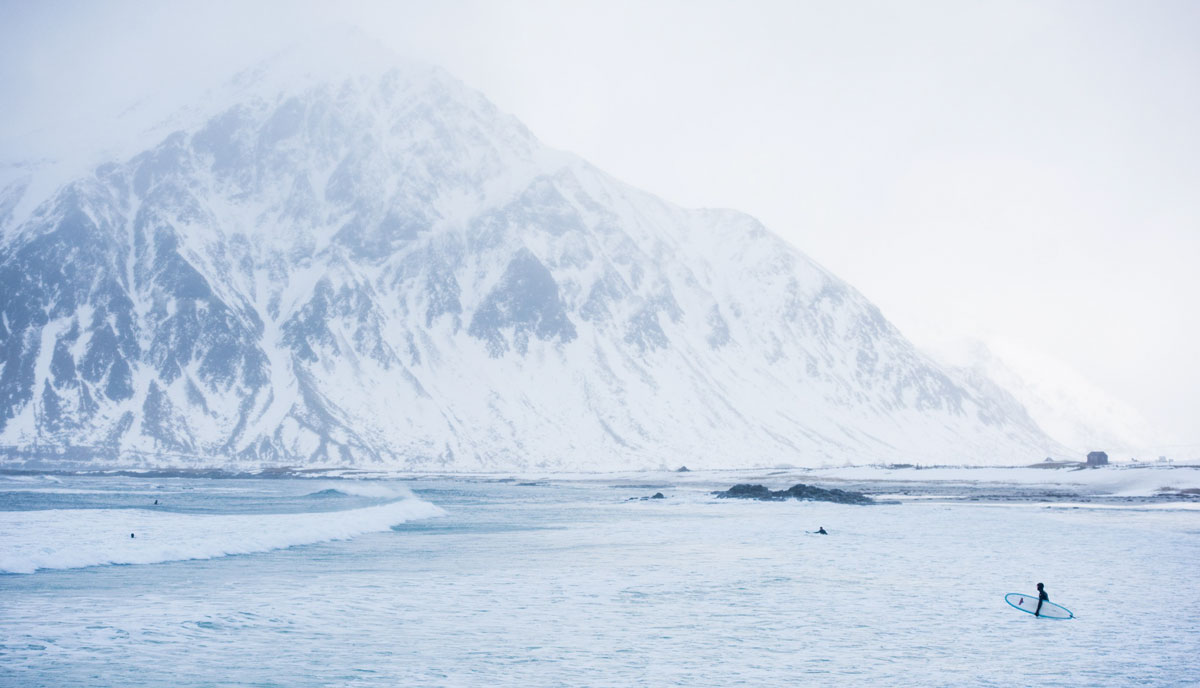
• Keep Moving
Even if there are no waves, keep paddling to keep that blood pumping. If you sit still for too long then your body temperature will drop and you will be cold and therefore out of the water before you’ve caught your best wave of the day.
• Post Surf
If a warm shower is not immediately accessible, warm up on the outside with thick layers and on the inside with a hot drink or soup.
If you’re getting changed straight out of the water, opt for merino wool items, thick socks and a good beanie.
Keep fingers and toes warm by getting the car heating blasting … toasty!

WHERE TO GO: Cold Water Destinations
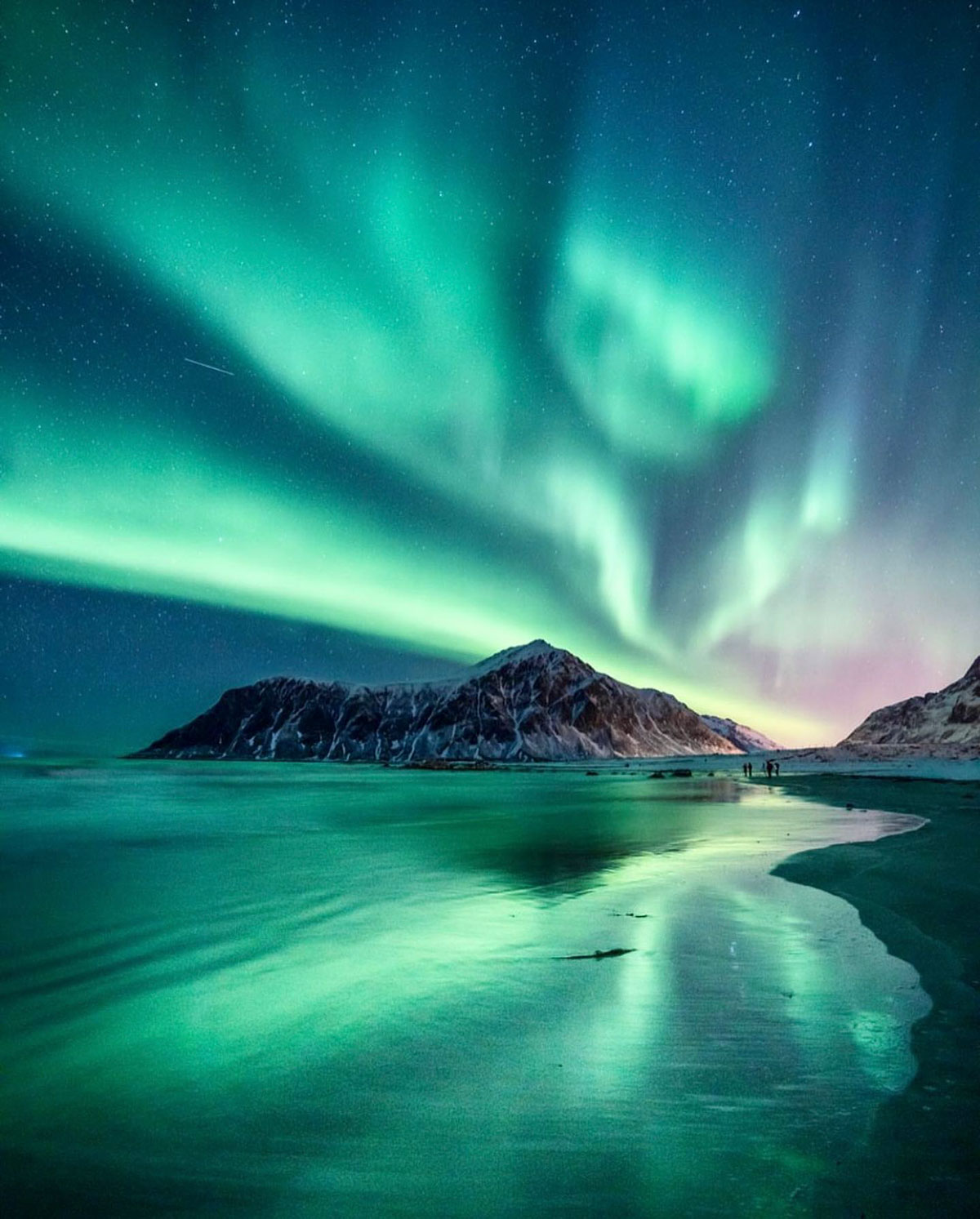
Lofoten Islands
Recognised as one of the best cold-water surfing places in the world, the Lofoten Islands are located north of the Arctic Circle in Norway and consist of 7 main islands.
The peak surf season stretches from autumn to spring with powerful Norwegian Sea swell hitting the Lofoten coast from September to April. Expect snow on the ground, below freezing air temperatures, 4-5C waters but also a teeming surf culture.
The main surf spots lie on the northern side of the peninsula and include Unstad, Flakstad Beach, Vikten, Skagsanden Beach and Eggum.
The two main ones being Unstad and Flakstad. Unstad Bay consists of four main breaks which are suitable for both regular and goofy surfers. Although gentle in the summer, by winter Unstad delivers the goods! Just west of Unstad, Flakstad’s sandy beach is perfect for beginner-intermediate surfers.
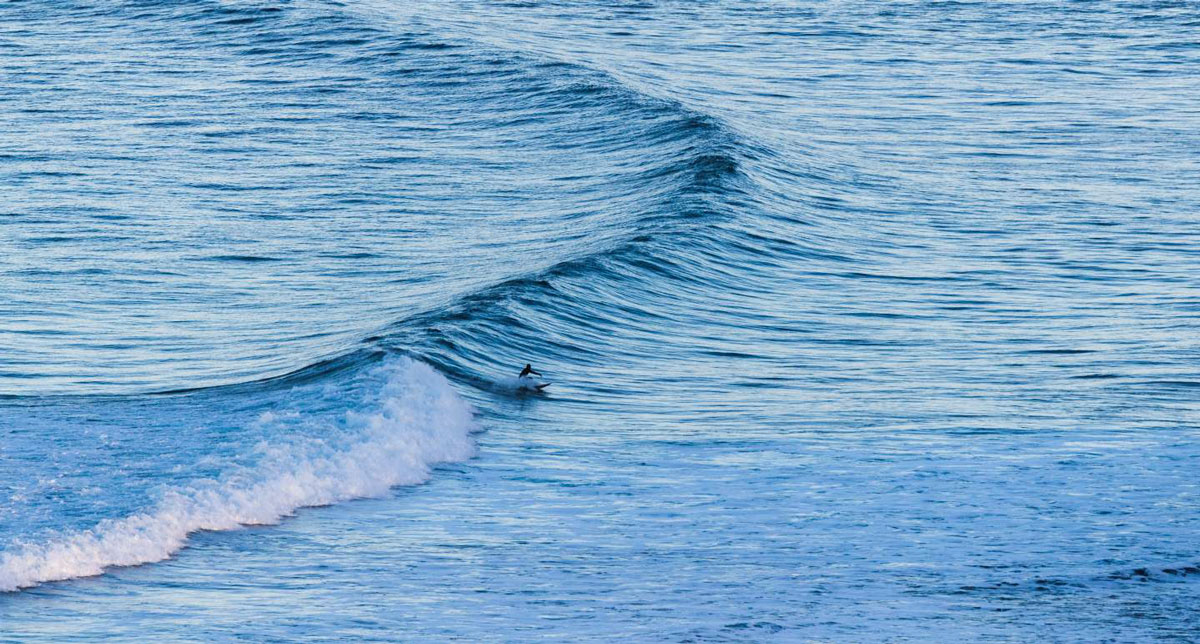
Where to stay: Lofoten Beach Camp offers surf courses and rentals from their spot right on the beach in the middle of western Lofoten. This is a big campsite for those exploring in a caravan, motorhome, can or tent. The camp has shower and toilet facilities and a new Beach Bar for food drinks.
For Unstad check out Unstad Arctic Surf or surf coaching, all inclusive trips, rentals, accommodation and food.

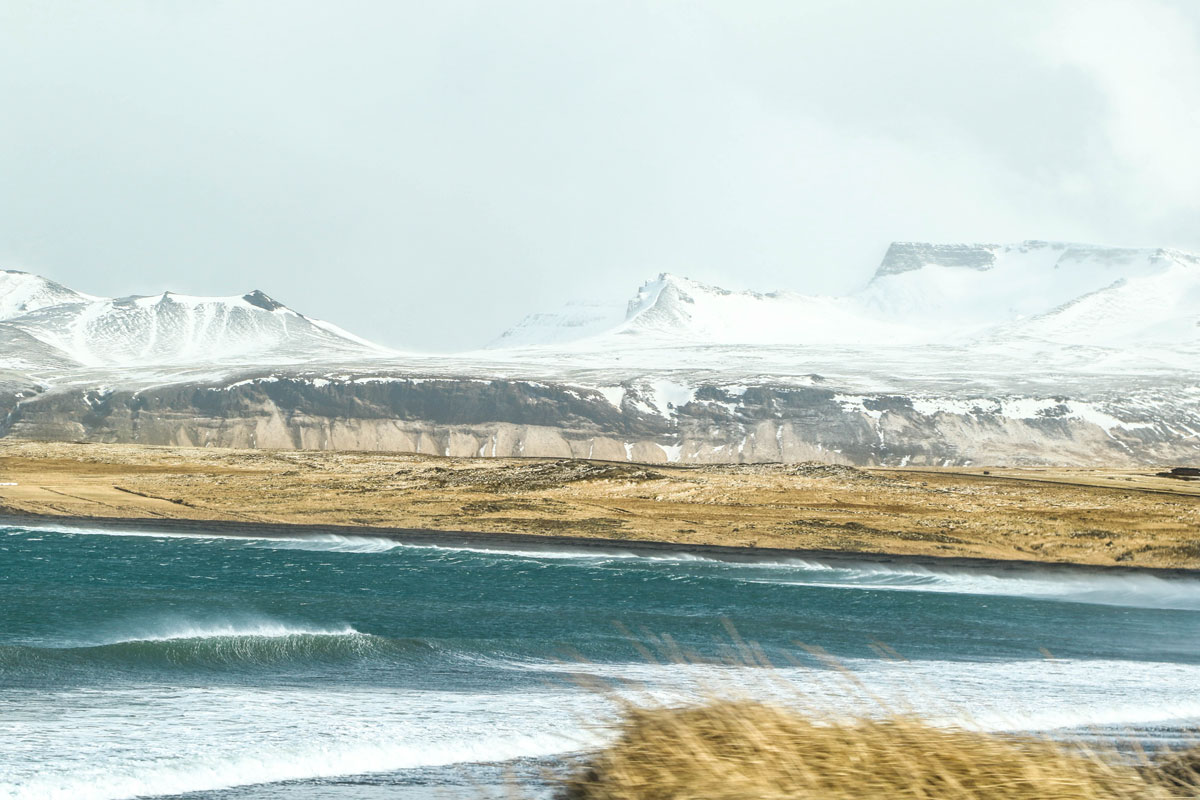
Iceland
The most dedicated winter surfers are now enjoying the wild Arctic waters around Iceland. Local knowledge and good surf forecast interpretation is key to navigating the weather, logistics, elements and landscapes as conditions can be harsh and unforgiving. So unless an expert surfer and adventurer, team up with a surf guide/camp to ensure a fun and safe surf.
The best surf is between October and March particularly around the Reykjanes peninsula, located 60 minutes from the hub of Reykjavic. This is home to consistent beach breaks at Sandvik (good for learners), heavy slabs at Grindavik and Iceland’s most ridden wave Thorli at the the harbour town of Porláckshöfn.
Expect a friendly surfing community, uncrowded world-class waves, and stunning coastline made of ancient lava flows, black sands and volcanic reefs.
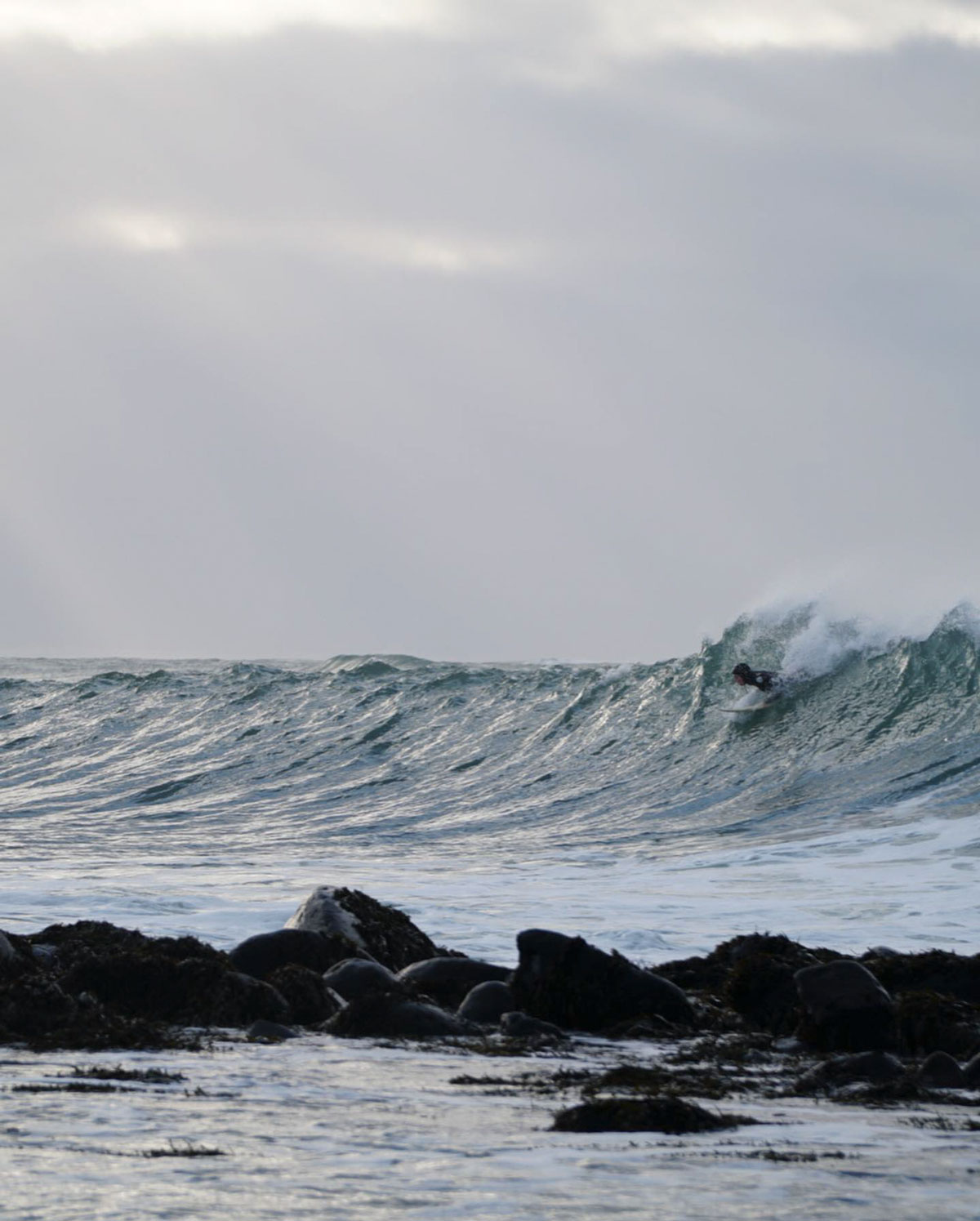
There are no surf retreats/camps but plenty of hotels and accommodation options … although be aware that lodging in Iceland is expensive. For surf tours and surfboard and wetsuit hire, check out Arctic Surfers and a good Grindavik hotel option is the Northern Light Inn

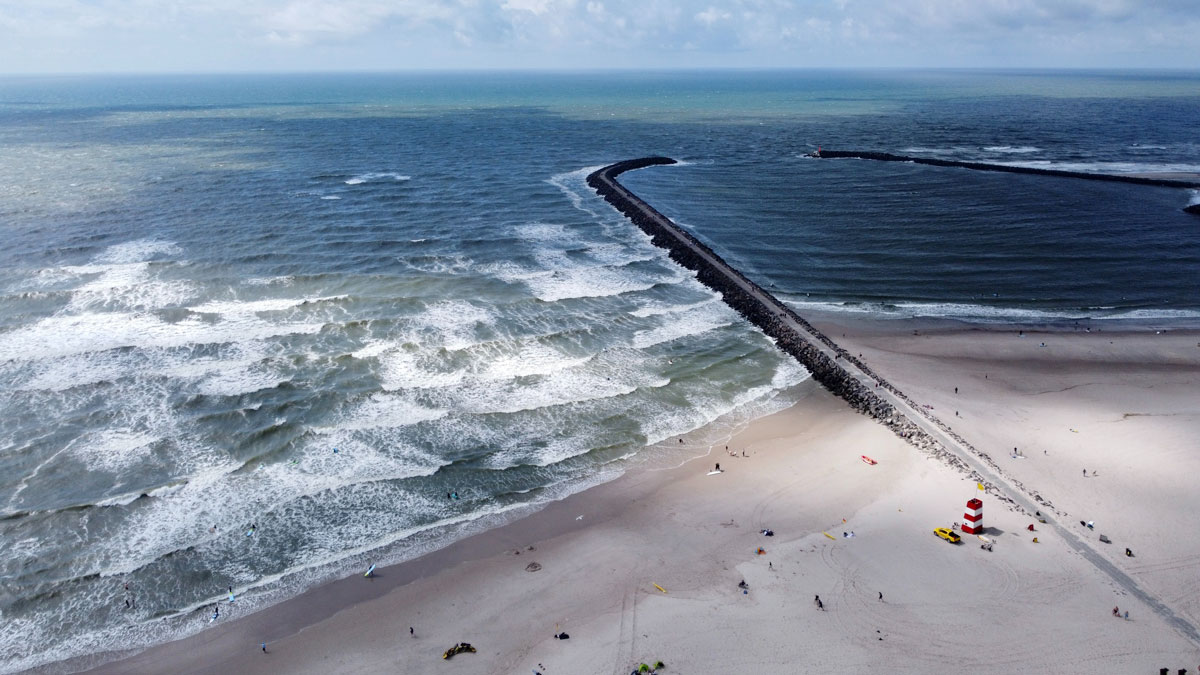
Denmark
Although not a traditional Danish pastime, surfing has picked up momentum in Denmark in recent years.
Conditions dependent there can be surf options in the central and southern Denmark regions and even Kattegat near Copenhagen but the majority of the best surf spots are located in Denmark’s wild National Park “Thy” in northwestern Jutland. Here there are surf options for all levels, all year round but winter time delivers the best waves, particularly for advanced surfers.
In Thy, Klitmøller, Agger, Vorupør and Hanstholm are home to a number of surf spots, both lefts and rights, knee high to barrels. Fiskemelet, Big Pier, The Bay, Bunkers, Inside Reef, Agger Channel Wind Mill and Fisherman Corner to name a few.
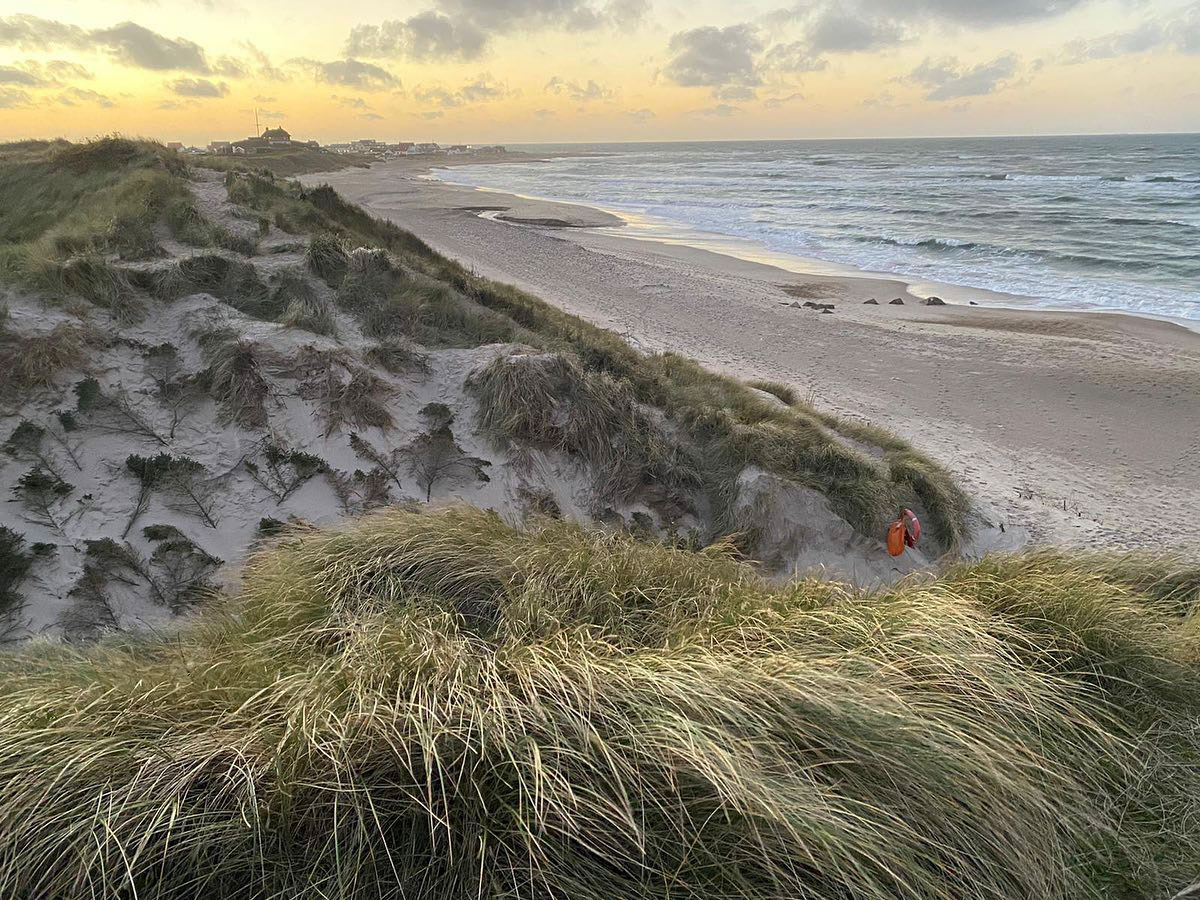
For the full Denmark surf experience, Klitmøller’s 31 surf spots, surf contents and surf centred town has earned it the nickname “Cold Hawaii” and is a good place to start for surf schools and hire as well as a good pub, restaurants, cafes and general Danish coastal lifestyle.
For a surf school, camp and rentals Cold Hawaii Surf Camp in Klitmøller offers top quality gear and instructing. For Vorupør the boutique Vorupør Beach Hotel offers stylish accommodation and surf hire/lessons.

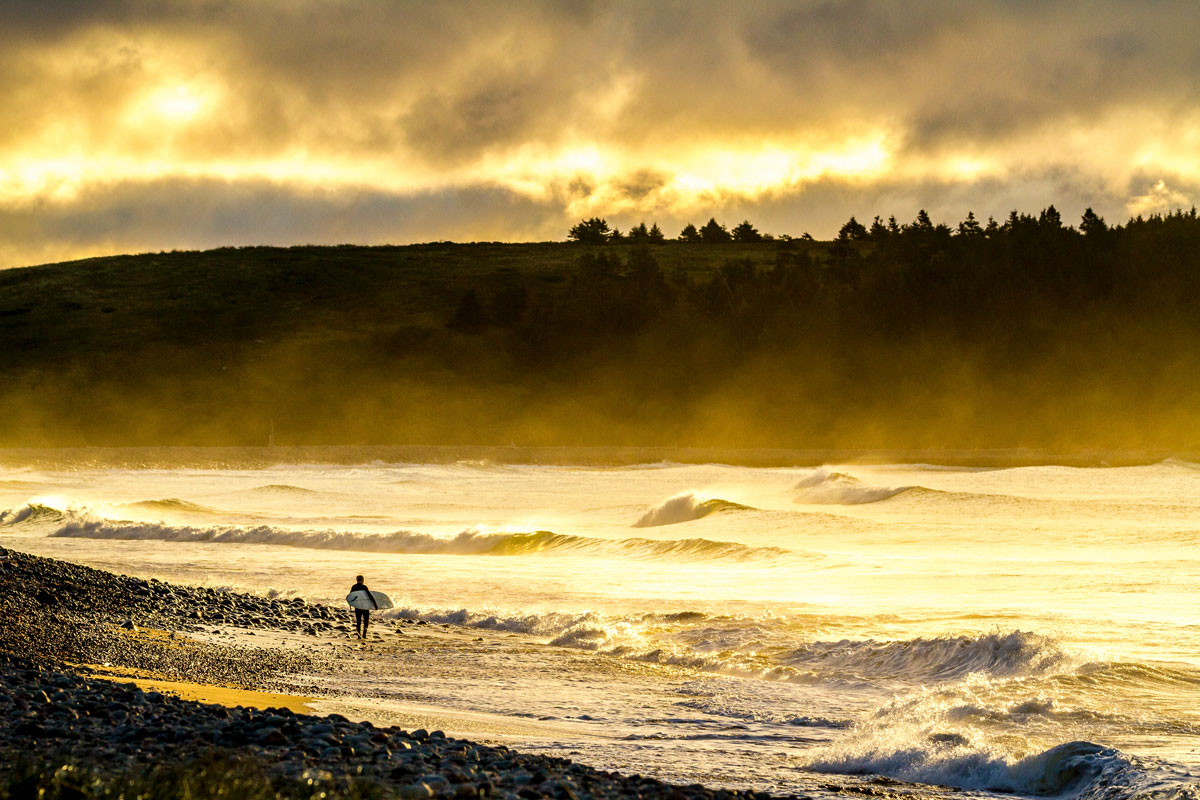
Nova Scotia
On Canada’s east side is Nova Scotia (New Scotland, in English) sparse, spacious with beautiful rolling granite bluffs, icy lakes and lush forests as far as the eye can see. Home to unspoilt coastlines, quiet waves and great hurricane swells.
Lawrencetown and Cow Bay are the main surfing areas and from September to April large waves grace their reef and point breaks … Lawrencetown Reef, Lawrencetown Left Point, Minutes, Backyards, Osbourne and Moose to name a few. During the winter the air temperature and water temperature is seriously bitter so autumn might be a bit more favourable.
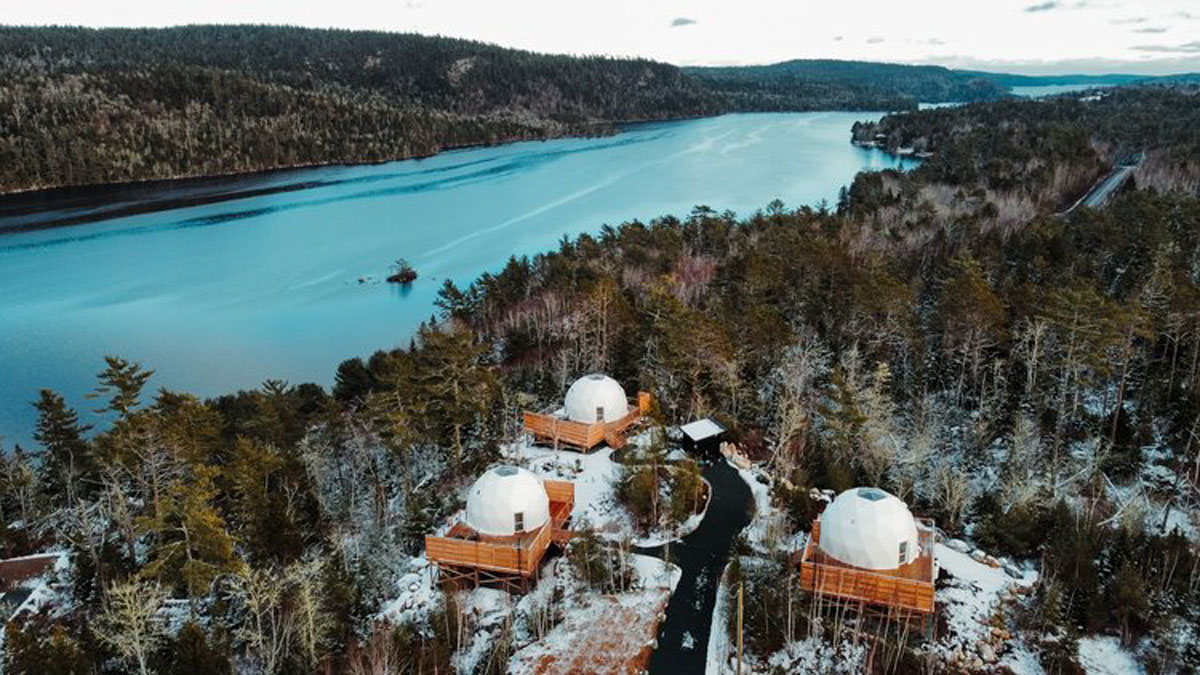
Thanks to heavy snow fall, fog and blizzards access to the shore can be tricky. Watch out on the roads for ice and if travelling around you will need a 4×4 rental car
For a luxury wellness glamping experience check out Nalu Retreat.

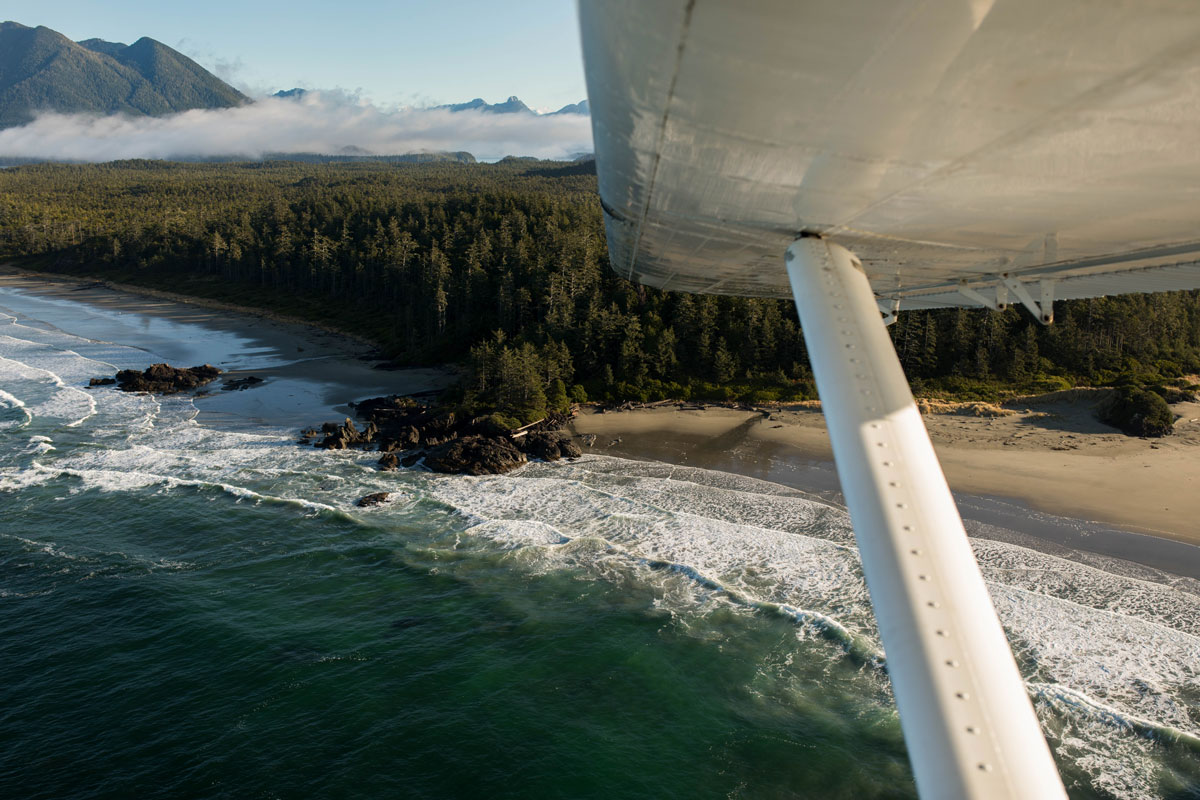
Tofino
Vancouver Island’s west coast is a wild place where boreal rainforest dips down from the coastal mountain ranges straight into the Pacific Ocean. Here Tofino is the self-proclaimed capital of Canadian surfing and with good reason.
From September to November the autumn season brings groundswell without the mega icy winter conditions present December through to February. But both seasons provide quiet peaks and stunning scenery.
Cox Bay is the prime spot – the crescent beach has shifting sandbars but the best spot is a right-hander at the northern end. It’s consistent but easily blown out and in the winter often maxed out by solid Pacific swell.
Just north is a series of sandy beaches that are more sheltered from wind and swell; not super consistent but all have their moments. Down the coast is Longbeach, which, when you emerge out of the trees looks almost idyllic …its shifting sandbars are rarely epic but a mellow option for longboarders. Chesterman Beach is another option for year round mellow surf for all levels.
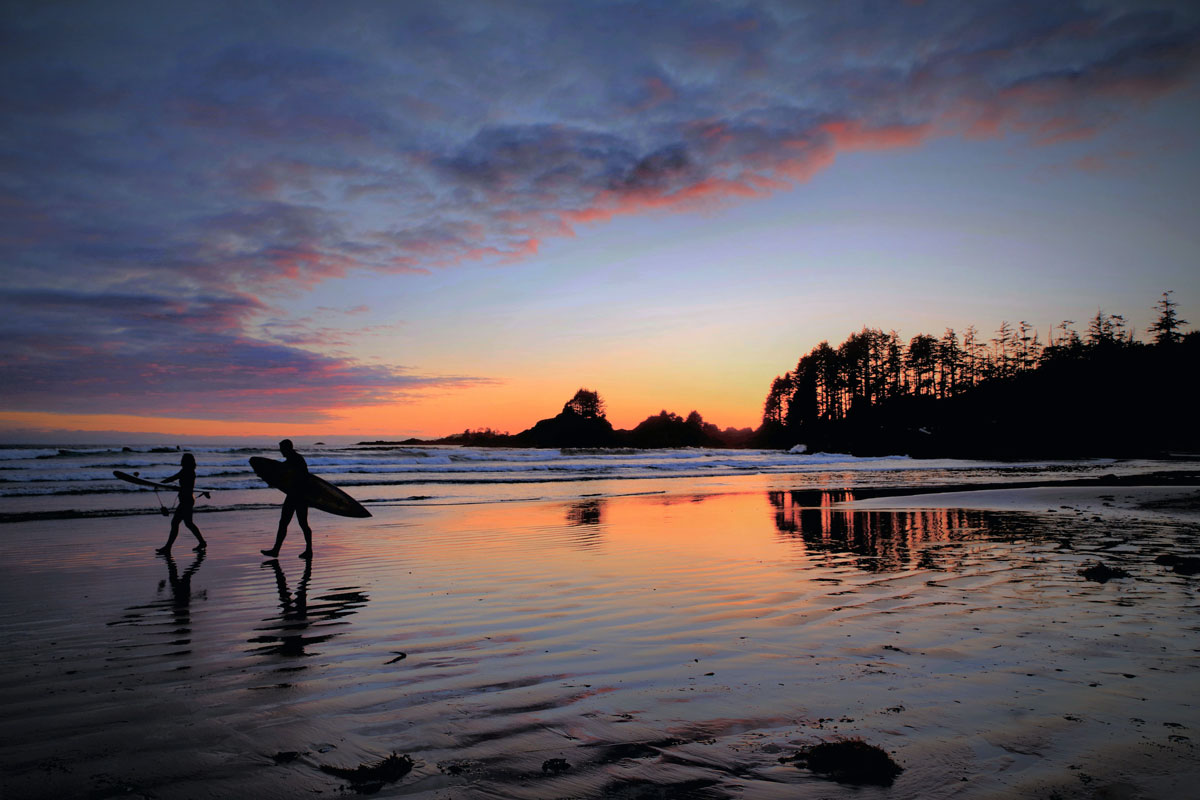
Tofino town is cool and a great place to stay, with a mixture of health food eateries and frontier feeling bars, all set on the edge of the biosphere reserve Clayoquot Sound.
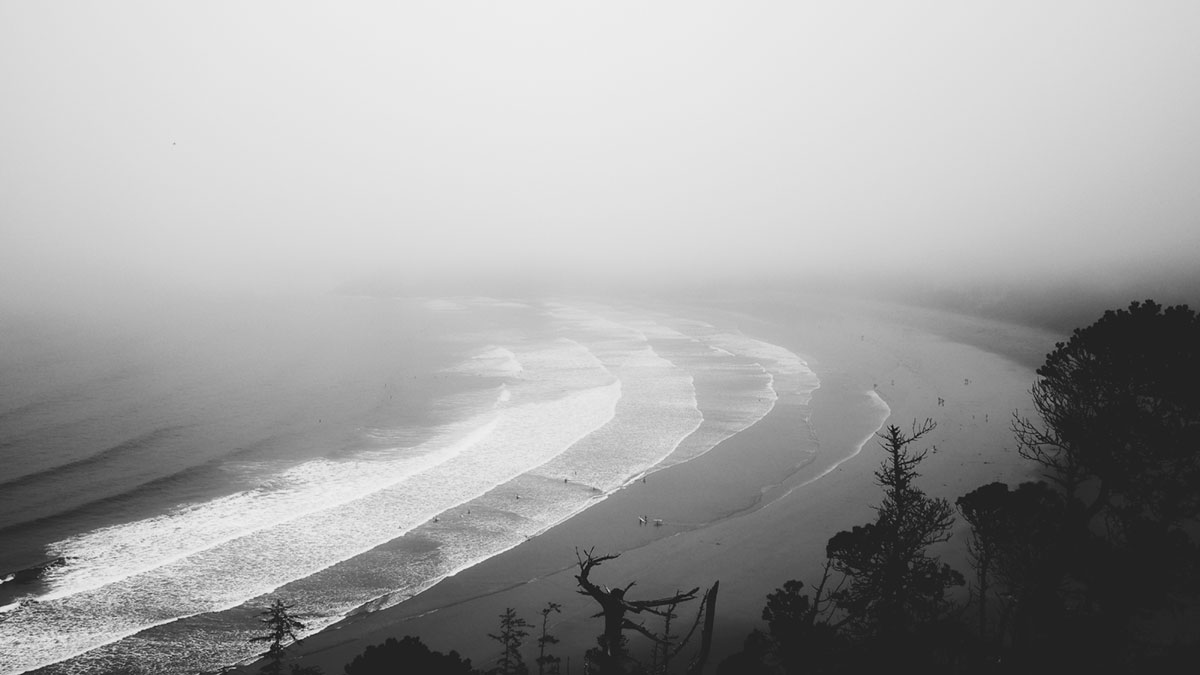

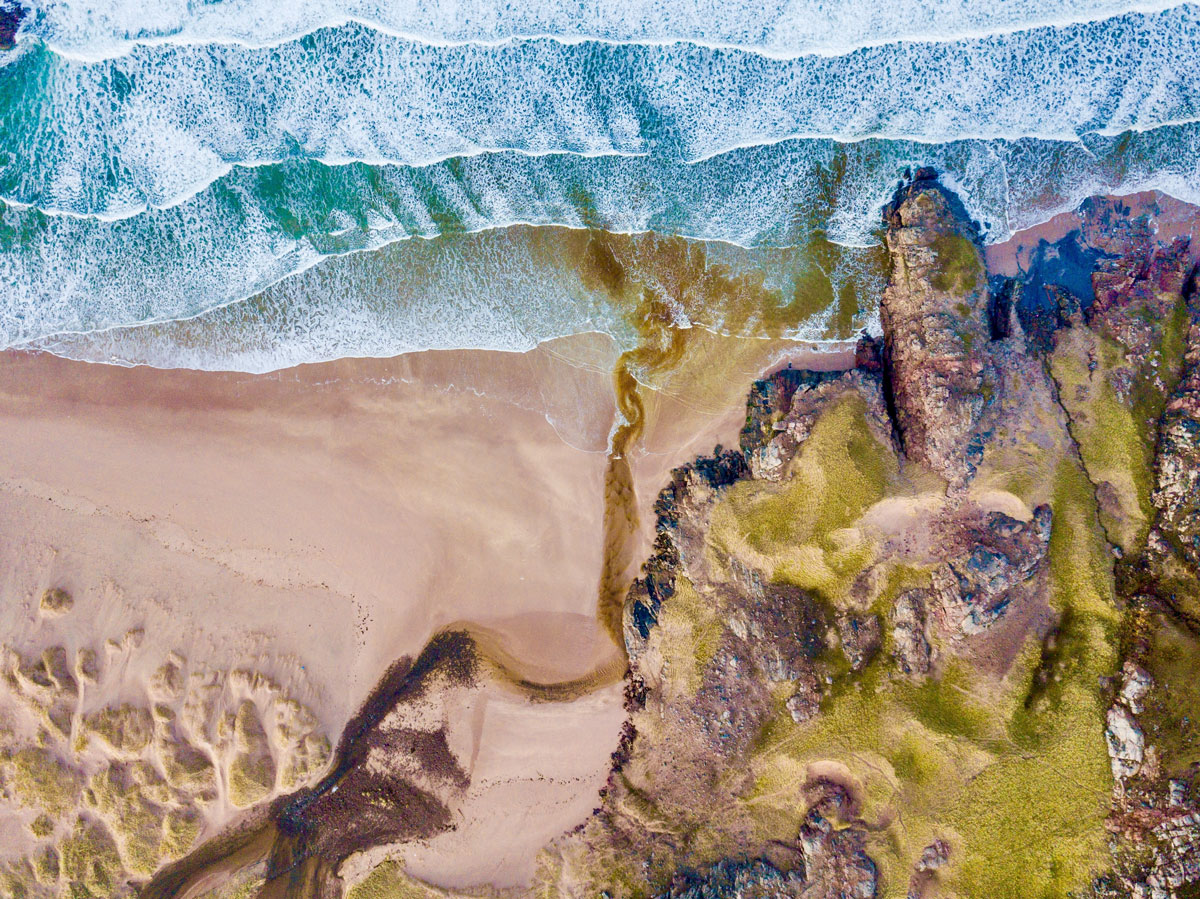
Scotland
Scotland’s points, bays and breaks facing in every direction paired with the relentless march of pressure systems across the northern Atlantic throughout the colder months provides the dream setup.
The heart of the Scottish surf scene is the area around the town of Thurso, on the far northeast coast of the Highland region where there are some of the most sublime breaks in the UK.
September to March is the best time and as winter picks up so does the swell although Autumn is also a prime season as the water is warmer, the days are still long, and the swell plentiful. Any swell from the west, northwest or north will provide waves somewhere along the coast, and any size too. Brims Ness, a shallow reef a few miles west of the town, will pick up any swell going, although it’s got to be clean to be good. Melvich, a rivermouth with rights and lefts, can be a delight on small to medium swells.
